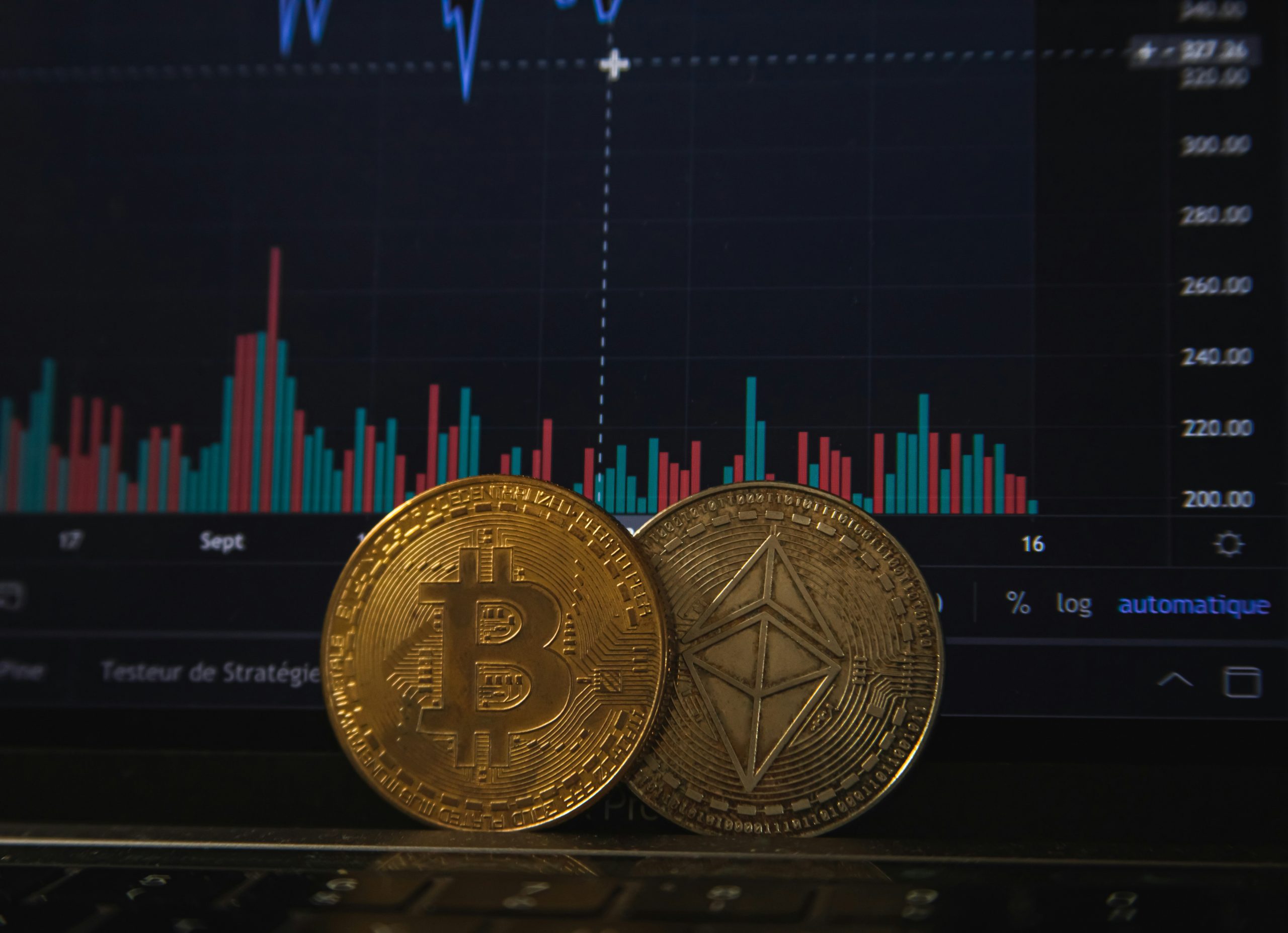Hyperliquid has emerged as a standout success story in the current bull market within the decentralized finance (DeFi) space. The exchange has achieved impressive daily trading volumes of $4 billion, making it the largest decentralized derivatives platform with a market share of nearly 60%. While Hyperliquid still trails behind Binance Futures, which boasts a daily average volume of $50 billion, the trend indicates that it is making significant inroads into centralized exchange (CEX) territory.
The rise of Hyperliquid can be attributed to several key factors. Launched in 2023, the platform gained traction in April 2024 with the introduction of spot trading. Its aggressive listing strategy and user-friendly on-chain interface attracted a wave of new users. However, the platform experienced a major surge in November 2024 following the launch of its native token, HYPE. Since then, Hyperliquid has amassed over 400,000 users and processed more than 50 billion trades, according to data from Dune.
Initially focusing on high-performance perpetual futures and spot trading, Hyperliquid has expanded its ambitions. The launch of HyperEVM in February 2025 transformed the project into a general-purpose layer-1 chain capable of supporting third-party DeFi applications. This strategic shift aims to leverage the liquidity generated by Hyperliquid’s core DEX to fuel growth across the broader ecosystem.
As Hyperliquid continues to evolve, it is positioning itself as a viable alternative to traditional centralized exchanges. The platform currently ranks 14th among derivatives exchanges by open interest, with a total of $3.1 billion. This places it ahead of established names like Deribit and various CEX derivatives divisions. Notably, Hyperliquid’s focus on specialized trading pairs and innovative features, such as native BTC support, sets it apart in the decentralized exchange landscape.
Despite facing challenges such as the JELLY token scandal, Hyperliquid remains a popular choice among DeFi and DEX traders. The platform has yet to attract significant institutional investor flows or reach the scale of top-tier CEXs. However, its focus on building a robust layer 1 ecosystem could pave the way for Hyperliquid to transcend its current status as a leading DEX and establish itself as a key player in the broader DeFi space.
